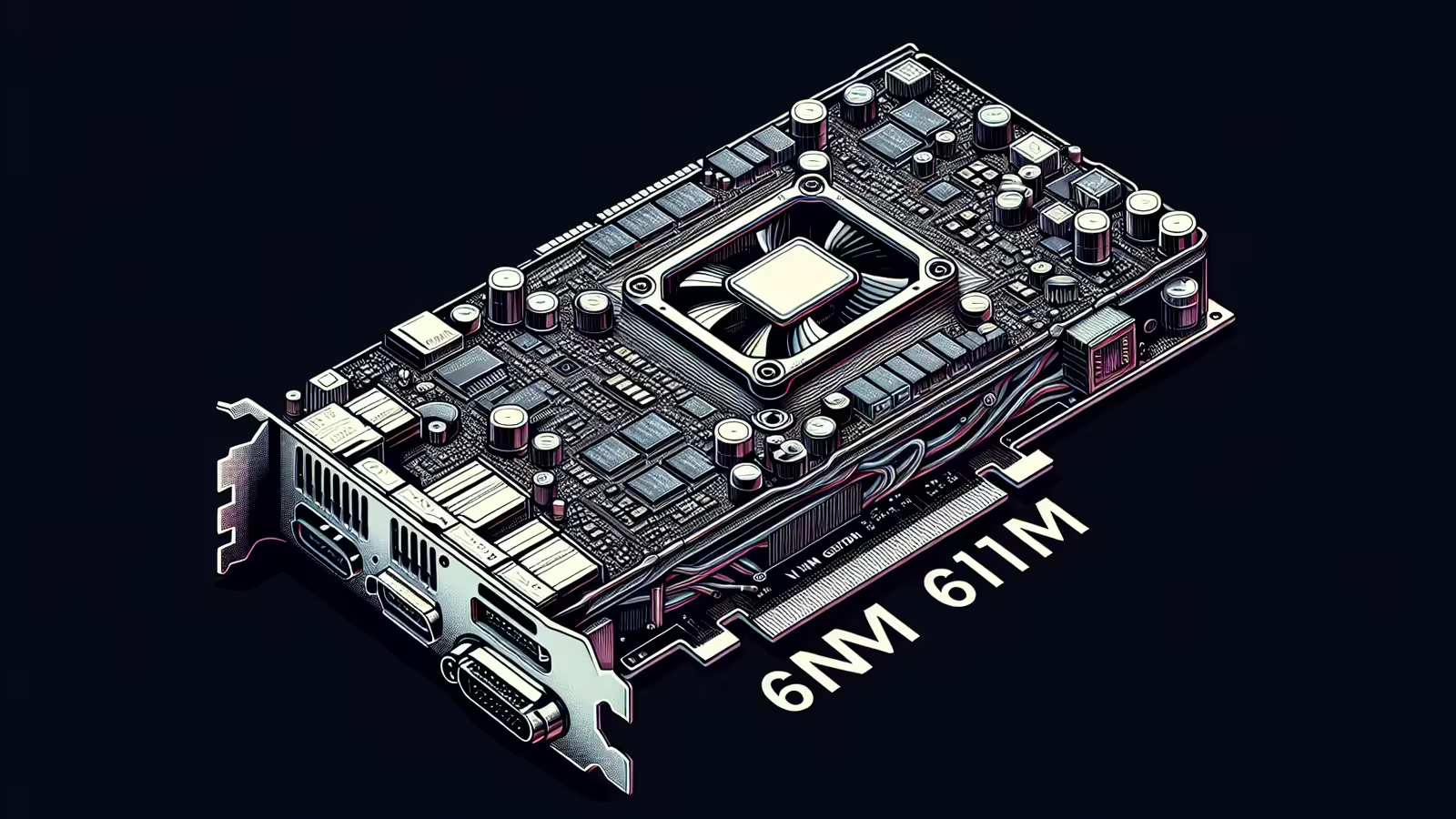3 Minutes
The Chinese semiconductor industry has reached an important milestone with the activation of the Lisuan G100, the nation's first domestically produced 6nm graphics card. Recently spotted in Geekbench benchmark results, the Lisuan G100 hasn’t just marked technological progress — it also promises to fuel future development in China’s competitive GPU landscape. However, its current performance profile is more reminiscent of classic GPUs than the latest industry leaders.
Performance Analysis: A Nod to the Past
In Geekbench’s OpenCL benchmark, the Lisuan G100 scored 15,524 points. This level of performance aligns the G100 with GPUs like NVIDIA’s GTX 660 Ti from 2012 — a formidable card in its day, but now considered entry-level compared to current standards. Despite claims that the G100 could rival the RTX 4060, actual test data does not yet support such bold assertions.
Technical Specifications & Features
According to publicly available data, the Lisuan G100 sports 32 compute units, 256MB of graphics memory, and a clock frequency of 300MHz. Industry analysts have suggested these figures may be inaccurate due to early drivers or preliminary hardware versions, and real-world specifications could improve in future iterations. The G100 was benchmarked on a platform equipped with an AMD Ryzen 7 8700G processor and 64GB of DDR5 RAM, further ensuring a controlled testing environment.
Market Impact and Future Prospects
While the initial performance puts the G100 in the same class as integrated laptop GPUs or older desktop cards, powering on the chip marks a step forward in China’s quest for self-sufficiency in advanced semiconductor manufacturing. Lisuan remains optimistic, aiming to commence mass production by the end of the year. Industry veterans acknowledge that building a robust GPU ecosystem—much like what Moore Threads and Intel are striving for—is a challenging, long-term pursuit that takes persistence and deep R&D.
Industry Relevance
The Lisuan G100’s introduction underscores China’s growing ambition in the global graphics card market, as well as its commitment to developing semiconductor technology domestically. While there’s a significant gap to close with Western leaders like NVIDIA and AMD, Lisuan’s progress is a noteworthy signal to tech professionals and enthusiasts tracking the future of digital innovation and competitive GPU manufacturing.


Leave a Comment